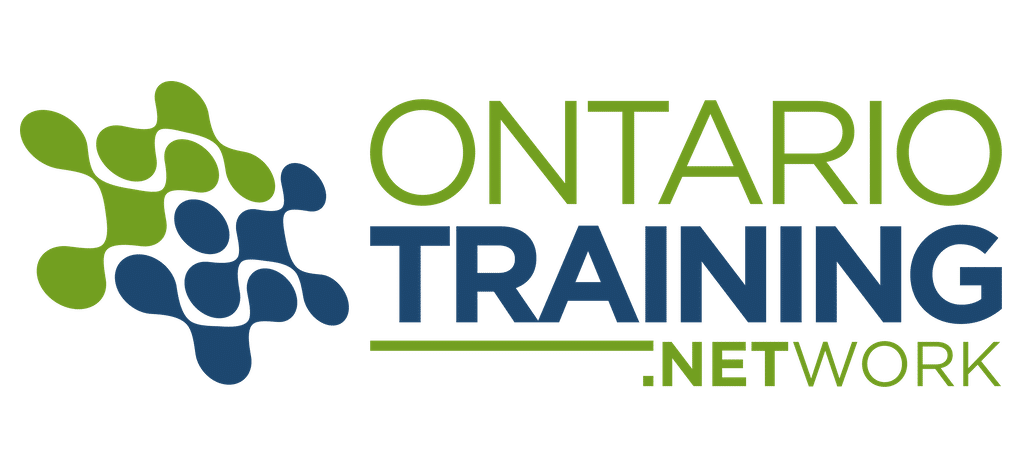Conveying scientific information to non-technical readers can be difficult. But this workshop provides strategies for writing to various readers (subject matter experts, senior management, and users). You will learn proven techniques for analyzing, writing, and organizing information. You will also explore how to ensure your key messages are read and understood by your readers.
Request a Quote or More Information on this Workshop >
WORKSHOP DESCRIPTION
The objective of this workshop is to improve the writing skills of people who write or edit documents that explain scientific processes to various audiences: scientific, organizational and external.
WHO SHOULD ATTEND:
- Any person who must communicate scientific information either internally or externally to non-scientific readers
YOU WILL LEARN TO:
- Get the results you want from your writing
- Deliver messages to both technical and non-technical readers
- Reduce your preparation and writing time
- Use the 5 steps for no-nonsense, scientific writing
- Organize your ideas in a logical manner that meets the readers’ needs
- Develop the techniques needed to produce effective reports using your organization’s template
- Use graphs, tables and other illustrations to support or clarify ideas and findings
- Understand the value of a “layered” document in scientific writing
- Ensure reports are complete and are of a high quality
COURSE OUTLINE
Understanding Scientific Communication
- Review the characteristics of effective scientific documents
- 5 steps to successful writing
- Review rules for clear, scientific writing
Planning
- Understand the importance of planning before writing
- Identify the communication context: situation, purpose and readers
- Ensure report is complete by using the “pychologics” technique
- Explore the needs of technical versus non-technical readers
- Use a production chart to manage writing time
Organizing
- Review organization’s template
- Use a proven technique to check the flow of information within the template
- Prepare executive summaries as stand-alone documents
Presenting Numbers and Graphics
- Identify when to use visual aids
- Explore 3 ways to write about numbers
- Choose and introduce graphics/pictures to support facts
Revising and Editing
- 4 areas to consider when revising
- 7 questions every editor should ask
METHODS TO BE USED
Participants will be actively involved in exercises and activities designed to develop and to improve their writing and organizing skills.
< Back to all Specialty Writing Courses
Course Code: WSJ708
-jw-
